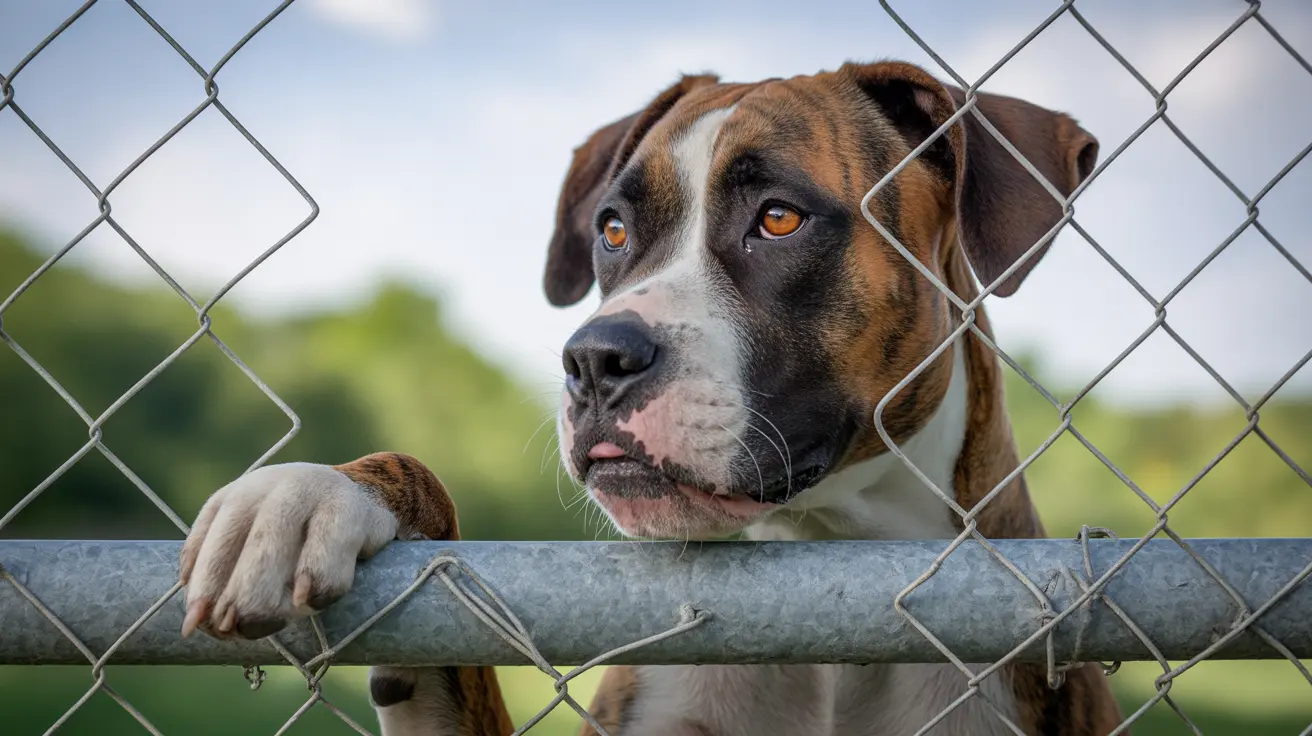Can Dogs Get Salmonella from Raw Chicken?
One of the most common misconceptions among pet owners is that dogs are immune to foodborne pathogens like Salmonella when eating raw chicken. Although many believe that dogs' digestive systems are more robust than humans', the reality is more complex. Feeding dogs raw chicken carries significant health risks, including the potential for bacterial infections, nutritional imbalances, and physical injuries from bones.
Understanding the Risks of Raw Chicken
- Bacterial Infections: Dogs can contract Salmonella, Campylobacter, and Listeria from raw chicken, leading to serious gastrointestinal illnesses.
- Asymptomatic Carriers: Even if a dog shows no signs of illness, they can shed harmful bacteria that can infect humans through direct or indirect contact.
- Physical Hazards: Raw chicken bones can splinter, causing choking or internal injuries.
- Parasitic Exposure: Beyond bacteria, raw chicken can harbor parasites dangerous to dogs.
- Nutritional Deficiencies: Feeding only muscle meat can result in an unbalanced diet lacking essential vitamins and minerals.
Symptoms of Salmonella Infection in Dogs
If a dog contracts Salmonella, symptoms may appear within days and include:
- Vomiting
- Diarrhea (sometimes bloody)
- Fever
- Lethargy
- Loss of appetite
- Dehydration
Immediate veterinary attention is essential if any of these symptoms appear.
Why Some Dogs Show No Symptoms
Proponents of raw feeding argue that dogs’ shorter, more acidic digestive tracts can neutralize some pathogens. However, science shows this doesn’t make them immune. Asymptomatic infections still risk shedding bacteria into the environment, putting other pets and humans at risk. Puppies, elderly dogs, and those with compromised immune systems are especially vulnerable.
The Role of Veterinary Organizations
Trusted organizations like the FDA and the American Veterinary Medical Association discourage feeding raw diets due to food safety concerns. Their stance is based on data showing increased veterinary visits, pathogen exposure, and secondary human infections linked to raw feeding practices.
Raw Diet Safety Tips
If you choose to feed your dog raw chicken, minimize risks by adhering to strict hygiene and sourcing practices:
- Consult a veterinarian before initiating any raw diet.
- Use only human-grade meat from reputable sources.
- Store meat at proper temperatures and thaw only in the refrigerator.
- Sanitize all surfaces, tools, and dishes immediately after use.
- Dispose of uneaten food after 24 hours to avoid bacterial growth.
- Never feed cooked bones; consider vet-approved raw bones instead.
Commercial Raw Diet Solutions
To reduce risks, consider commercially prepared raw diets that have been processed through methods like high-pressure processing (HPP). These products are designed to eliminate harmful pathogens while maintaining nutritional integrity.
Balancing Nutrition Properly
A healthy diet for dogs requires:
- Muscle meat
- Organ meats
- Calcium (from bone or other sources)
- Essential fatty acids
- Vitamins and minerals
Feeding only raw chicken muscle meat can lead to imbalances and long-term health issues.
Conclusion: Is Raw Chicken Safe for Dogs?
While some dogs tolerate raw chicken without showing symptoms, the risks of Salmonella and other illnesses are real. The decision to include raw chicken in your dog’s diet should be informed by scientific evidence, veterinary guidance, and a rigorous approach to food safety. When in doubt, cooked, unseasoned chicken is a safer protein source for most dogs.





